The biggest fight my wife and I had during wedding planning—and, come to think of it, blessedly one of the biggest fights we’ve ever had—involved RSVP cards. To understand our disagreement, you need to know that our relationship is one of those opposites-attract sitcoms that you’d swear would never work in real life. I’m an early adopter; she’s still using technology from last decade. (Also: I’m like a minus. She’s like a plus.) So when we got married, in 2009, I acquiesced to most of her wishes, and much of our nuptials were old-fashioned. (I did get the right to tweet a photo of the bride right after the ceremony, though.)
But I put my foot down on the RSVP cards. In truth, I’d have preferred to have sent our invitations entirely online using some Evite–like service. This idea was a nonstarter; my wife is a stationery nerd, so I understood there was no way we were getting away from paper. At the very least, though, I argued that we should give people the option of responding to our invitations online. Instead of having to fill out their meal preferences on a card and then drop it in the mail, why not add a simple email address that they could respond to? Or, even better, a URL for them to fill out a Web form—which, of course, would automatically populate a spreadsheet that we could hand over to our caterers? To do it the old-fashioned way seemed hopelessly inefficient, like much too much work for our guests and ourselves.
My demand sparked a huge row. There were insults, tears, begging, things better left unsaid; my wife wasn’t too happy, either. In the end, of course, we did it the old-fashioned way. Guests got an RSVP card with a pre-stamped envelope stuffed inside their invitations. They filled it out and dropped it in the mail. Some people even hand-wrote thoughtful notes on the RSVP cards. It was nice, I guess.
But if I had to do it all over again—which I’m pretty sure I won’t, unless my wife reads this story—I know that we’ll do it my way. And it won’t just be the RSVP cards. That’s because something marvelous has happened in the four years since I got married: Electronic invitations have become totally acceptable. If you want to dismiss cardstock for your wedding, don’t think twice about it. Go forth. Worry not. The etiquette police have lost all ground in this fight.
On whose authority do I make this pronouncement? Well, there’s no global decider in these things— and it’s certainly true that there are many people who still believe online invitations are tacky and unbecoming of a high-class affair. The etiquette doyenne Peggy Post maintains that electronic wedding invitations “might fit the bill for an informal wedding,” but are “not the best match for a formal one.”
Post and other opponents of online invitations offer two main justifications for their devotion to paper. First, they say, online invitations simply aren’t elegant—because they’re delivered over email, which is often used for “casual” communication, online invitations do not “convey the same sense of importance as a paper-and-ink invitation received in the mail.” The other problem is that electronic invitations create their own problems. Depending on the demographics of your guest list, there will likely be a few oldsters who are not be hip with the Internet. This means you can’t get away from paper completely—and if that’s the case, why not use it for everyone?
But these arguments are bunk. Over the last couple of years, both paper and electronic wedding invitations have improved greatly—they’re now both cheap, elegant, and easy to create and send out. This means that you don’t have to choose between online and print invitations. You can send out both. For instance, at sites like Minted, you can quickly create beautiful print invitations in small quantities for not very much money—$100 for 25 of the ones shown here. So you can offer electronic invitations to the vast majority of folks on your guest list who are tech-savvy, and then save a handful of these paper invitations for the few who aren’t.
Will people look down on your electronic invites? Sure, some may. But don’t put much stock in their prejudices. That’s because electronic invitations have so many clear advantages over paper. We live in lean times; nobody is going to fault you if you want to save money on the invitations in order to pay more for better food, better music, a better honeymoon, or just so you can pay the rent. Electronic invitations are also more environmentally friendly than paper. And they’re less work. Planning a wedding is difficult. If you want to save time collecting addresses and writing out envelopes, not to mentioning keeping track of RSVPs, you’re within your rights to do so.

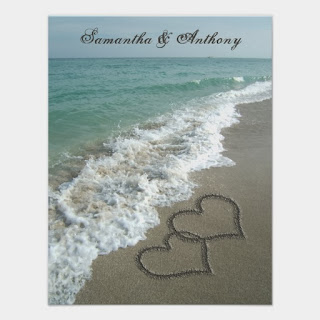

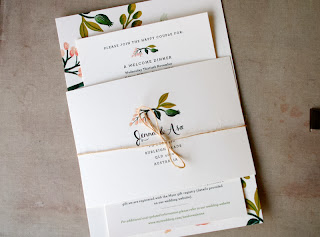
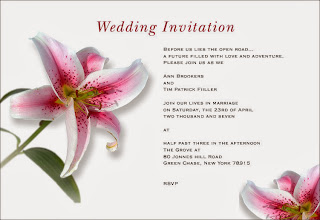
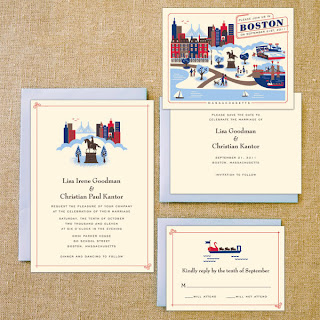
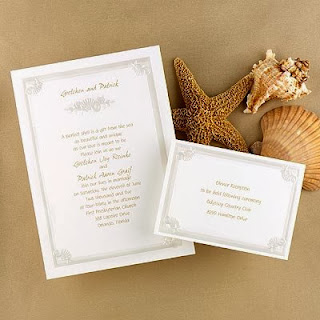
没有评论:
发表评论